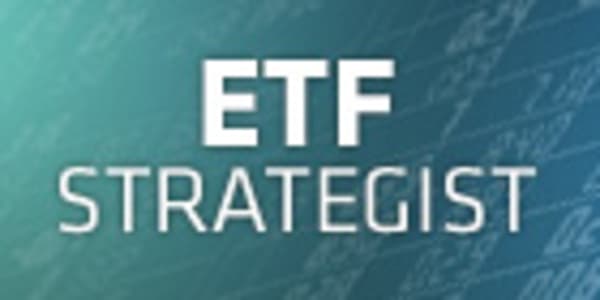The world of currency exchange traded funds is a small one, but it offers ways for investors to take positions on both single currencies and baskets of curencies. You also have your choice of structures, which will affect the tax treatment.
Here's a rundown, provided by Tom Lydon, chief executive of Global Trends Investments:
Some are organized as a grantor trust, with income and expenses flowing through to shareholders. Profits are treated as ordinary income. These are backed by actual currency holdings, not futures contracts on currencies. Shareholders are treated as if they directly own a share of the assets in question.
Exchange traded notes are treated as debt securities and taxed accordingly or as rolling investments in short-term forward contracts on the relevant currencies.
Finally, there are those thathold futures contracts, or currency contracts or swaps, and/or futures.
The futures-based ETFs follow mark-to-market rules at year-end, which means unrealized gains are taxed as if the assets were sold, says Lydon.
Also, gains and losses are treated as 60 percent long term, 40 percent short term. And, he says, "anything futures related receives a K-1."
On top of all these structures, there are some currency ETFs that are leveraged or inverse plays on currency moves. But generally, these are short-term hedging tools that need to be closely monitored, experts say, rather than vehicles for strategic investing.
Disclosure:Tom Lydon is on the board for some Guggenheim Investments funds.




